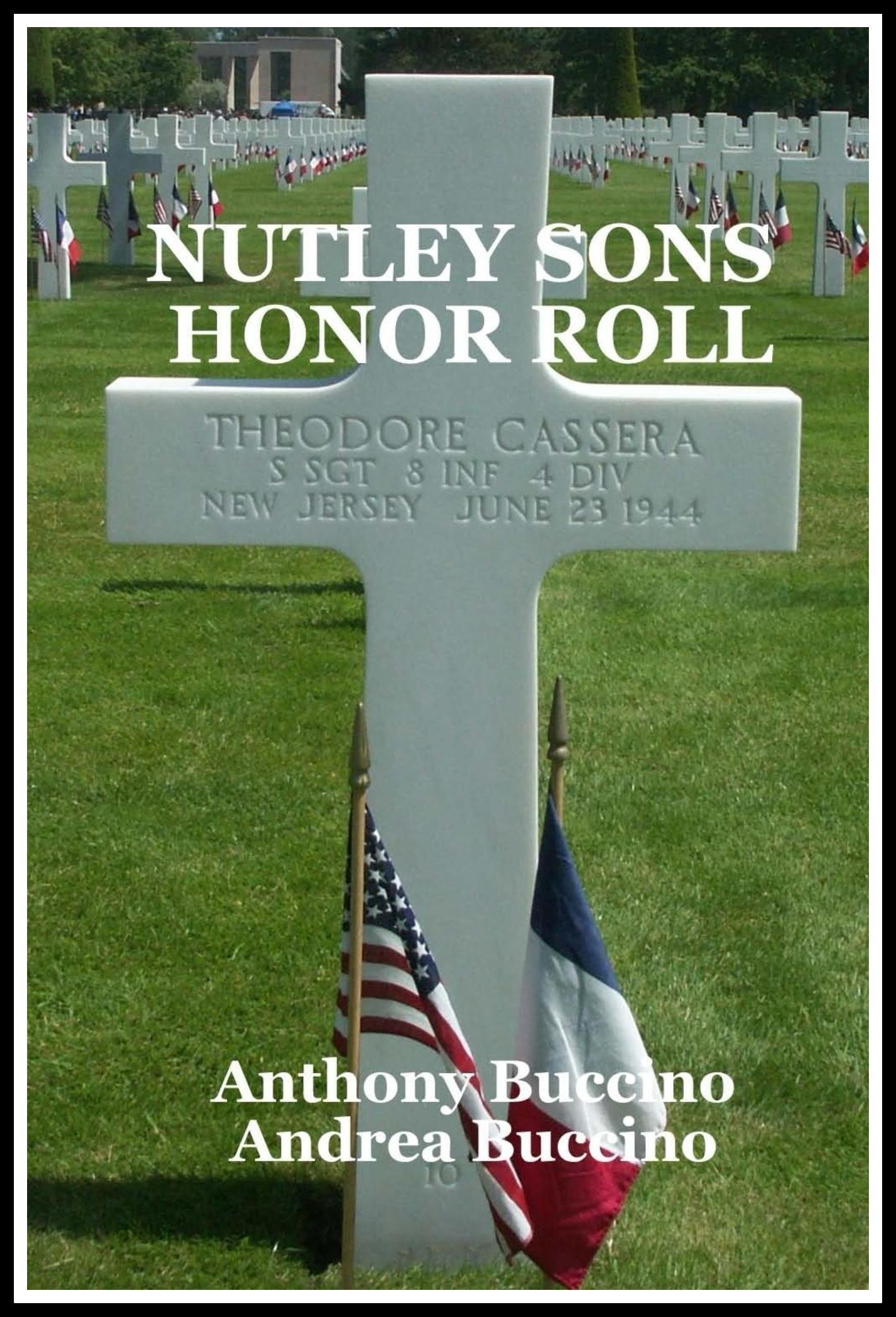Lt. David Dinan III KIA in Vietnam WarBelongings recovered 45 years later, MIA pilot's remains accounted for in 2017, Lt. Dinan laid to rest with full military honors at Arlington National Cemetery |
|
|
Nutley Airman, Lt. Dinan, Killed During Vietnam War, Accounted For
Interment with full military honors was held on April 25, 2018, at Arlington National Cemetery, Arlington, Va. Lt. Dinan had been declared killed in action/body not recovered. His military ID was found in 2014 by a rescue team, 45 years after he had been left behind. On March 19, 1969, Dinan was a member of the 34th Tactical Fighter Squadron, 288th Tactical Fighter Wing, 7th Air Force, and was the pilot of the number two aircraft in a flight of two F-105s on a strike mission over northern Laos. During the second strafing pass over the target, Dinan transmitted a distress message. The Forward Air Controller then observed Dinanís parachute enter the jungle, as well as an aircraft crash. Search and rescue aircraft conducted an aerial search and located a parachute and confirmed the death of the pilot, however, due to enemy fire in the area and the hazardous location, his body could not be recovered. The U.S. Air Force subsequently reported Dinan as killed in action. Dinan's name is recorded on the Walls of the Missing at an American Battle Monuments Commission site along with the others who are missing from the Vietnam War. A rosette will be placed next to his name to indicate he has been accounted for. Courtesy of Find-A-Grave Thanks to contributor # 47205242 for the following:
Dinan's ID was found on the slope of a heavily forested hillside on the last hour of the last day that Sorensen of Aberdeen was in Laos to help a mission to find Dinan's remains. ďI still can't get over the fact the ID card was setting on top of the ground,Ē Sorensen said. ďIt still amazes me.Ē The discovery was a happy ending to a long search for a needle in a haystack that Sorensen had lost hope would succeed. Sorensen's successful war rescue efforts in 1968-69 earned him the Silver Star and four Distinguished Flying Crosses, but what happened back in the jungles of Laos March 14 of this year means more. ďBoth of us think it's a miracle,Ē said Sorensen's wife, Laura. ďA lot of people were praying for success.Ē Leland agrees that something special was at work. In his own words, Sorensen wrote down his thoughts on the long flight home from Southeast Asia. ďThe ID card was just a symbol marking the hillside where I was 45 years ago and where a fellow airman lost his life,Ē Sorensen wrote in his journal. ďIt has been his final resting place for the past 45 years and now it is an opportunity to repatriate his remains and bring another hero home.Ē Sorensen's reflections continued: ďIt was a very hallowed event in which I was able to participate and I thank God for that.Ē A surprise email from the Army's Defense POW/Missing Personnel Office last December asked Sorensen to help in the search because he was the last person to see Dinan. A retired biologist with the University of Idaho Research and Extension Center in Aberdeen, Sorensen had put the Vietnam War behind him decades ago. But Sorensen's assistance was requested and he decided to help. After Dinan's F-105 fighter jet crashed in Laos, the then 21-year-old Air Force para-rescue jumper or PJ had been lowered to the ground to find Lt. Dinan and he had discovered the pilot's body tangled in parachute cords and wedged in heavy brush near a tree. Because of the threat of an enemy ambush, Sorensen was lifted out of the jungle and back aboard his ďJolly Green GiantĒ HH-53 Sikorsky helicopter before he could recover Dinan's body. For three days this month Sorensen again found himself aboard a helicopter hovering over the same area of Laos. This time he was a part of two different search teams looking for the remains of Dinan and his F-105. Sorensen had flown from Idaho Falls to Hawaii then on to Japan before landing in Laos. A base camp for the search operation had been established in Xinghkhouang Province in the northeast section of Laos and home to the Plain of Jars ó one of the most heavily bombarded areas during the Vietnam War. It was also a dangerous area for F-105 pilots to conduct aerial assaults because of the steep hills and low visibility. Sorensen said pilots would sweep in for a bombing run and then pull up only to run into a mountainside. In the case of Lt. Dinan, his jet had been shot down by anti-aircraft fire and he ejected.
At left, MIA Lt.
David Dinan III returns: funeral
escort, from left, USAF Retired Colonel Ed Sykes, USAF Lt. Colonel
David Dinan, USAF Captain John The location of the downed aircraft was certain, but where Dinan's remains would be found remained a mystery. ďThey were finding a lot of airplane parts, but they weren't finding any bones,Ē Sorensen said. On the second day Sorensen and the search team visited several different suspected locations, but came up empty. Sorensen's hopes began to dim. The locations they took him that second day were far too steep with karst formations of limestone reaching up from the bottom of the trailheads. ďIt was obvious to me right from the get-go it was not the same,Ē Sorensen said about his memories of the location where he had left Dinan's tangled body on the ground. ďI was not climbing on a karst (back in 1969).Ē Sorensen's observations from the helicopter of the Laotian agricultural methods of burning sections of forest, establishing rice paddies and then abandoning those paddies over time also made him skeptical of finding any sign of Dinan. ďI came to the conclusion there was no way I could tell them what hillside I was on (back then),Ē Sorensen said.
Lt. Dinan was a pilot from the 34th Tactical Fighter Squadron at Korat Airbase, Thailand. During the combat mission, Dinanís aircraft was hit by enemy fire and he ejected. His parachute was shredded when it hit trees, however, and he sustained what were believed to be fatal injuries from falling through the trees and down an embankment. Dinan was declared killed in action/body not recovered. His fiancťe, Lt. Valerie Gallulo, who he was to marry the following month, serves in the Womenís Air Force. She is stationed in Thailand as an intelligence officer. She wrote to his parents: David is truly a son to be proud of. I only knew him for nine short months but every moment we had together was a cherished one. He was a man and a gentleman in every sense of the word. No higher compliment could have been paid to my womanhood than when he asked me to be his wife. In a July 18, 1968, letter to his brothers, Johnny and Charles, Dinan wrote: "Iím sitting in a little shed on the end of the runway with a pair of binoculars and three radios to keep me company while I sit here and watch (supervise) the flying operations. Mostly itís just boring as the dickens Ďcause most of the time there isnít anyone landing or taking off. What I do is check the h105ís to make sure everything is normal before they take off and while theyíre landing. Thank God for small favors. "Things are really getting Mickey-Mouse around here, with a whole bunch of new regulations on what is proper behavior for officers and gentlemen on base Ė and what is ten times worse Ė theyíre telling us how to fly the airplanes in combat. Of course, I have a tendency to develop a short memory when this nonsense is going on. The way I figure it, if I want to go hand my ass out going after a target, thatís my decision, and no one elseís. "Route Pack 1, the area just north of the DMZ, is not the piece of cake I thought it was. They have more guns up there than you can shake a stick at Ė and the little monkeys manning them have had 4 years practice shooting at jets. Some of them are awfully good. But weíve been carrying CBUs Ė a real effective anti-personnel weapon Ė to make them keep their heads down. They donít like the CBUs at all Ė "Yankee Imperialist Pellet Bombs" is what Hanoi Hannah calls them. Anyhow, the HVN gunners donít know which aircraft has the CBUs, and is looking for gun sites, and which one have bombs and are going after trucks and like that. So they canít risk shooting as much. "They have still managed to knock down three 105s since Iíve been here Ė they got the pilots out in two cases Ė in the other one the guy had to bail out over the middle of Doug Hoi, and there just wasnít any way to pull him out. "Iíve gotten 8 missions in over the North so far, and Iíve got another one this afternoon. So I guess Iíll have 10 counters or maybe 11 by the time Iíve been here a month. If the war keep sup, I could have my 100 in around the middle of March. On the other hand, if the war ends, Iíll probably have to stay here an extra 6 months past the maximum of one year that they can keep me here in a combat zone. "Ö Well, John and Charles, thatís about it for now. Iíve got to go get the good words on the target Iím going to strike this afternoon. Good luck to all of you, Mom, Dad and Mary also. "P.S. Iím in for a DFC Ė as of my third mission here. Will know in about 2 months if Iíll get it." He was awarded the Distinguished Flying Cross for extraordinary achievement while participating in aerial flight as an F-105 Thunderchief pilot over North Vietnam on July 14, 1968. On that date, Lt. Dinan was a member of a flight diverted from a preplanned mission to support the rescue of a fellow pilot downed in a fiercely defended area of North Vietnam. In a constant barrage of deadly anti-aircraft fire, Lt. Dinan, without thought of his own personal safety, made repeated passes in close proximity to the survivor, successfully silencing the fire and halting the advance of hostile ground forces attempting to capture the downed airman. The professional competence, aerial skill, and devotion to duty displayed by Lt. Dinan reflect great credit upon himself and the United States Air Force. Lt. Dinan was awarded the Distinguished Flying Cross (First Oak Leaf Cluster) for extraordinary achievement while participating in aerial flight on July 3, 1968. On that date, Lt. Dinan was diverted from his original target to attack three surface-to-air missile sites that previous flights had been unable to silence. Despite approaching darkness, intense ground fire and extremely strong winds, Lt. Dinan placed his ordnance exactly on target, destroying the sites. Lt. Dinan was awarded the Air Medal for meritorious achievement while participating in aerial flight extraordinary achievement while participating in aerial flight from June 30 to July 19, 1968. During this period, Lt. Dinan participated superbly in accomplishing highly intricate missions to support Free World Forces what were combating aggression. The energetic application of his knowledge and skill were significant factors that contributed greatly to furthering United States goals in Southeast Asia. Lt. Dinan was awarded the Air Medal (First Oak Leaf Cluster) for meritorious achievement on Aug. 19, 1968. On that date, Lt. Dinan was directed to support friendly troops in close contact with a large hostile force possessing multiple automatic weapons. Lt. Dinan, with no thought of his own personal safety, demonstrated exceptional skill as he placed his ordnance precisely on an extremely difficult target, silencing several of the automatic weapons positions that were firing on the friendly forces. Lt. Dinan was awarded the Air Medal (Second thru Sixth Oak Leaf Cluster) for meritorious achievement from July 22 to Nov. 15, 1968. Lt. Dinan was awarded the Air Medal (Seventh Oak Leaf Cluster) for meritorious achievement on Aug. 23, 1968. In an Oct. 9, 1968, letter to his parents, Dinan wrote: "Iím on Okinawa, at Kadena AFB, taking an R&R. I have to go back to Korat either tomorrow or the next day, but Iíve really enjoyed my stay here. "Ö As of now I have 43 counters under my belt Ė almost halfway through. Nothing exciting has happened for the last several times Iíve flown Ė itís been a real piece of cake. "I guess Anna Drugan will be married by the time you get this letter. Iíd like to get her a wedding present but I have no idea of what to look for. If you have any suggestions Iíd appreciate them. "Glad to hear that Johnnie is O.K. Thatís the second concussion heís weathered, isnít it? I really donít know how that big lummox manages to get banged up so badly. Looking at him youíd think he could run into a locomotive and not be any the worse for wear. "Ö I guess Mary is overjoyed to be back in school. She canít keep going forever, can she? What happens when she runs out of years? Or maybe you just donít worry about it. "I donít need a thing. But if you feel ambitious some day when youíre baking Ė a box of fat pills is always appreciated. However, if you do decide to send something, send it airmail and pack it as tightly as possible. Popcorn is a pretty good material to use. And get whatever you do send as airtight as possible. "Ö I guess thatís all Iíve got right now. Iíve been writing to Charlie at Quantico, by the way, pretty regularly, so weíre keeping in touch. Give my best to everyone." Later that month, on Oct. 29, he wrote his parents: "I guess itís been a sizable time since I wrote. The big reason I didnít was that Iíve been busy as a beaver since I got back from R&R. Weíre short on pilots again, and carrying an increased rate of sorties Ė so Iíve flown every day but one since Iíve been back. Which makes it kind of rough. Iím always exhausted after I fly Ė probably half physical and half mental. Also hasnít been much happening here thatís exciting or interesting. "Ö weíve been saddled with so many restrictions the past couple of months (presumably in an effort to save airplanes) that itís almost impossible to do an adequate job. Iím sure more stuff gets through now than did a couple of months ago. And, of course, every truckload of stuff we donít blow up in NVN is a truckload the groundpounders are going to have to face sooner or later. "Ö There are really about four different wars going on Ė three in Laos that you never hear about, and South Vietnam. By the way the rest of this stuff about Laos is supposedly classified Ė so if you tell anybody, say you read it in Time magazine. Theyíve printed most of it.
"Ö The second front is connected with SVN. The famous Ho Chi Minh trail. Thatís where most of the flying is now. Itís a disappointing mission, usually. We bomb suspected tree parks and stuff like that, working with forward air controllers who are supposed to know something. Iíve never hit anything worthwhile there. The third war in Laos is down south near Cambodia. I donít know if American troops are mixed up in that or not Ė we rarely go down there. "Ö if this is confusing to you Ė it should be. Iím confused. The action though, is around Sam Neue and in the southern panhandle of NVN. The way the pilots look at it is really pretty simple, though it sounds callous, I suppose. "If youíre going to hang your butt out, it had better be for something worthwhile." In Pack 1 and Sam Neue, you can get a visual confirmation of the effects of your bombing. Fires, secondary explosions, and stuff like that. We do good work with the bombs. "We also carry rockets and 20mm cannon. The gun is probably the most devastating weapon we have, if itís used properly Ė namely up to ranges of about 6,000 feet. But, to get back to the original theme of his letter Ė weíre forced by directives to use a minimum range of 9,000 feet. And only two passes. "The bombs are good Ė but if thatís the name of the game, a bomber should carry them. A fighter is built to fight Ė to make the war personal Ė and we canít do it. It is really discouraging to find a good target and then have to leave with ammo still in the airplane because somebody high up will get upset if you make three passes on a target. "I guess Iíve bent your ears enough about the war. How was Anneís wedding? I donít suppose Charlie could make it. Too bad. Howís Johnnie doing? I suppose heís carrying a "B" average and worrying about flunking out. Heís quite a guy. "Iím in fine shape Ė just griping more and enjoying it less. And I still canít spell. Iíve got 53 counters now, and 66 combat missions. A real old pro. But the way, I got my absentee ballot. I just might burn it in effigy. Not too much choice there. "I have to close now. Itís now 9:30 p.m. Ė and I have to get up at 0330, Iíll try to write more regularly in the future." Lt. Dinan was awarded the Air Medal (Eighth and Ninth Oak Leaf Cluster) for meritorious achievement from Nov. 16, 1968 to Jan. 8, 1968. Lt. Dinan was awarded the Air Medal (Tenth Oak Leaf Cluster) for meritorious achievement from Jan. 9 to Feb. 23, 1969. Lt. Dinan was posthumously awarded the Distinguished Flying Cross (Second Oak Leaf Cluster) for extraordinary achievement while participating in aerial flight on March 17, 1969. On that date, Lt. Dinanís flight struck a heavily defended, vulnerable interdiction point and troop encampment under marginal weather conditions. Lt. Dinan was posthumously awarded the Air Force Commendation Medal for meritorious service from July 1, 1968 to March 17, 1969. Lt. Dinan distinguished himself by meritorious service as Assistant Awards and Decorations Officer while assigned to the 469th and 34th Tactical Fighter Squadrons at Korat Royal Thai Air Force Base, Thailand. Lt. Dinan was awarded the Purple Heart. It is awarded to service personnel who received wounds in action against an armed enemy of the United States during periods of war or armed conflict or who were wounded or lost their lives as a result of action by hostile foreign forces. After attending St. Maryís grammar school, where he was in the Drum and Bugle Corps. and participated in Little League baseball, he entered Seton Hall Prep School. At Seton Hall, he wrote for the newspaper and lettered in track. He earned an engineering degree, with a major in physics at MIT and Stevens Institute of Technology. At MIT, Dinan was a member of Phi Kappa Theta Fraternity. The officer earned his commission in ROTC at Stevens Institute of Technology, where he majored in physics. He joined the Air Force in 1966. In the Air Force, Lt. Dinan was academic honor man in his squadron in training command. In addition to his parents, Mrs. and Mrs. Charles Dinan, he is survived by a brother, Marine Lt. Charles Dinan, a sister Mary at home, and a younger brother John, a student at Seton Hall University. A Dec. 11, 1984, letter to the Dinans from President Ronald Reagan read: "Nancy and I wish to extend once again our personal greetings to special friends, the families of our men who have still not returned to us. "This year brought some progress, but painfully slow. I wish to reaffirm to you my personal commitment to providing the answers you so rightfully deserve. I follow our efforts closely to ensure we are exploring all reasonable avenues to provide these answers and will continue to do so. "In unity and faith in each other and with the help of God, we pray that the coming year will end the uncertainty of many more of our friends." Lt. Dinan is among nearly 600 Americans who disappeared in Laos. Adapted from the Nutley Sun, March 27, 1969; John and Jane Dinan; Letters home by Lt. Dinan; Herb Hirsch, Herald-News; New Jersey Vietnam Veterans Memorial; and compiled by Homecoming II Project 15 March 1991 from one or more of the following: raw data from U.S. Government agency sources, correspondence with POW/MIA families, published sources, interviews. Updated by the P.O.W. NETWORK 1998. David Thomas Dinan III - F-105 History DPAA: Airman Killed During Vietnam War Accounted For, Aug. 18, 2017 Barbara Hirsch, interment ceremony photos National Memorial Wall Panel Panel 29W - Row 062 New Jersey Vietnam Veterans Memorial Nutley Sun, June 26, 2014: 45 years later, Nutley soldier's belongings recovered |
Nutley Sons Honor RollFor more information, read: Nutley Sons Honor Roll - Remembering The Men Who Paid For Our Freedom |
Contact Us Snail Mail: PO Box 110252, Nutley NJ 07110Web site created by Anthony Buccino NutleySons.com © 2001 by Anthony Buccino Web Site Sponsors |
|
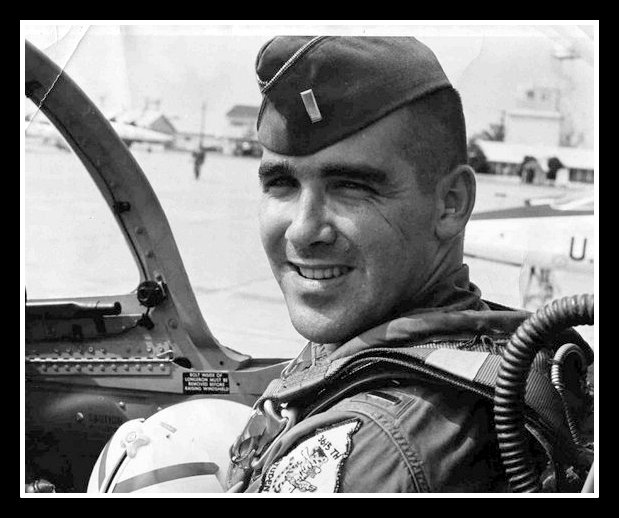 Air Force Reserve 1st Lt. David T. Dinan, III, killed
during the Vietnam War, has now been accounted for, the Defense
POW/MIA Accounting Agency reported Aug. 18, 2017.
Air Force Reserve 1st Lt. David T. Dinan, III, killed
during the Vietnam War, has now been accounted for, the Defense
POW/MIA Accounting Agency reported Aug. 18, 2017. 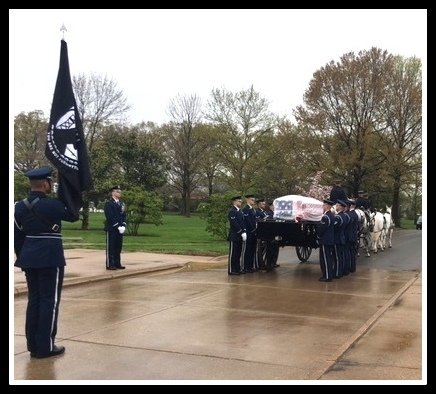 Forty-five years ago Leland Sorensen was the last American to see
U.S. Air Force pilot Lt. David T. Dinan's body. One week ago
Sorensen, a maroon beret para-rescue jumper during the Vietnam War,
held Dinan's military ID in his hands.
Forty-five years ago Leland Sorensen was the last American to see
U.S. Air Force pilot Lt. David T. Dinan's body. One week ago
Sorensen, a maroon beret para-rescue jumper during the Vietnam War,
held Dinan's military ID in his hands.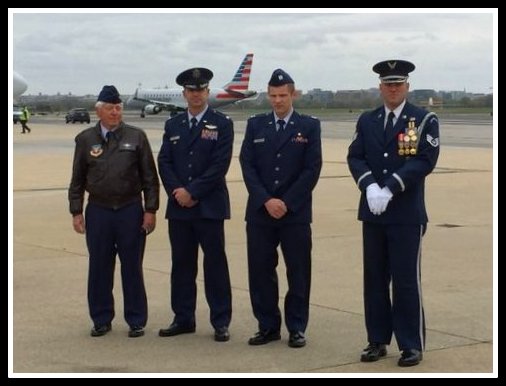 The first day in Laos, Sorensen was taken to a recovery dig site
where team members and Laotian workers were excavating a large area
in 4 meter by 4 meter grids. Soil was collected and then sifted to
reveal any aircraft parts, human remains or personal effects. ďWe
would find short pieces of metal, cloth and short pieces of
fiberglass,Ē Sorensen said. He discovered a chunk of lead, which was
used to help balance F-105 fighter jets.
The first day in Laos, Sorensen was taken to a recovery dig site
where team members and Laotian workers were excavating a large area
in 4 meter by 4 meter grids. Soil was collected and then sifted to
reveal any aircraft parts, human remains or personal effects. ďWe
would find short pieces of metal, cloth and short pieces of
fiberglass,Ē Sorensen said. He discovered a chunk of lead, which was
used to help balance F-105 fighter jets.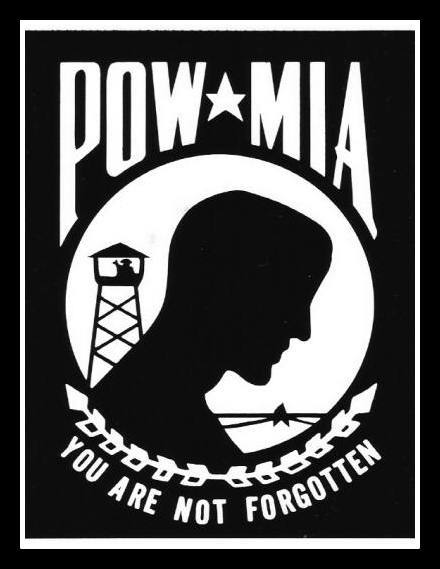 Lt. David Dinan III, 25, of Hawthorne Avenue,
was killed March 17, 1969, in Laos, Southeast Asia, after he was forced to
bail out of a F105 jet that had been hit by ground fire.
Lt. David Dinan III, 25, of Hawthorne Avenue,
was killed March 17, 1969, in Laos, Southeast Asia, after he was forced to
bail out of a F105 jet that had been hit by ground fire.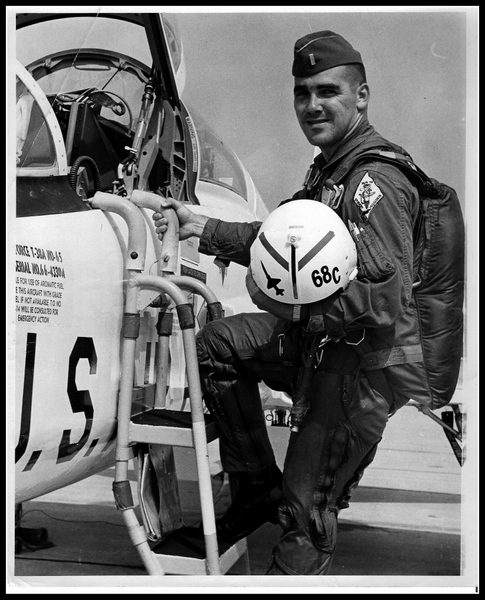 "Right now weíre flying more missions in Laos
than we are in Vietnam. There is a full scale war between the nationalist
Lao and Pathet Lao up in northern Laos (Where Dr. Dooley was). The Pathe Lao
headquarters is at Sam Neue Ė and that is always an exciting mission. There
are more guns there than anyplace in Pack 1 Ė or at least they shoot more.
The Laotian army desperately needs air support, however, and we provide it.
The Air Force calls them "armed reconnaissance" missions Ė but they are
out-and-out raids, and probably the most dangerous we fly.
"Right now weíre flying more missions in Laos
than we are in Vietnam. There is a full scale war between the nationalist
Lao and Pathet Lao up in northern Laos (Where Dr. Dooley was). The Pathe Lao
headquarters is at Sam Neue Ė and that is always an exciting mission. There
are more guns there than anyplace in Pack 1 Ė or at least they shoot more.
The Laotian army desperately needs air support, however, and we provide it.
The Air Force calls them "armed reconnaissance" missions Ė but they are
out-and-out raids, and probably the most dangerous we fly.
